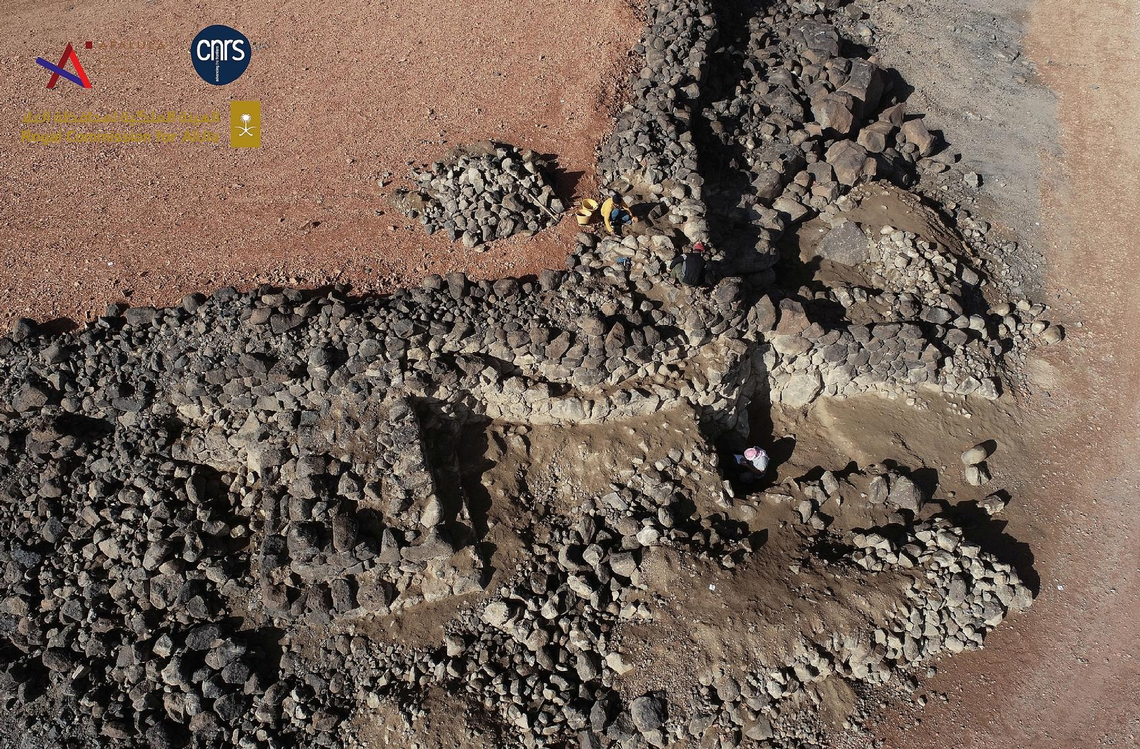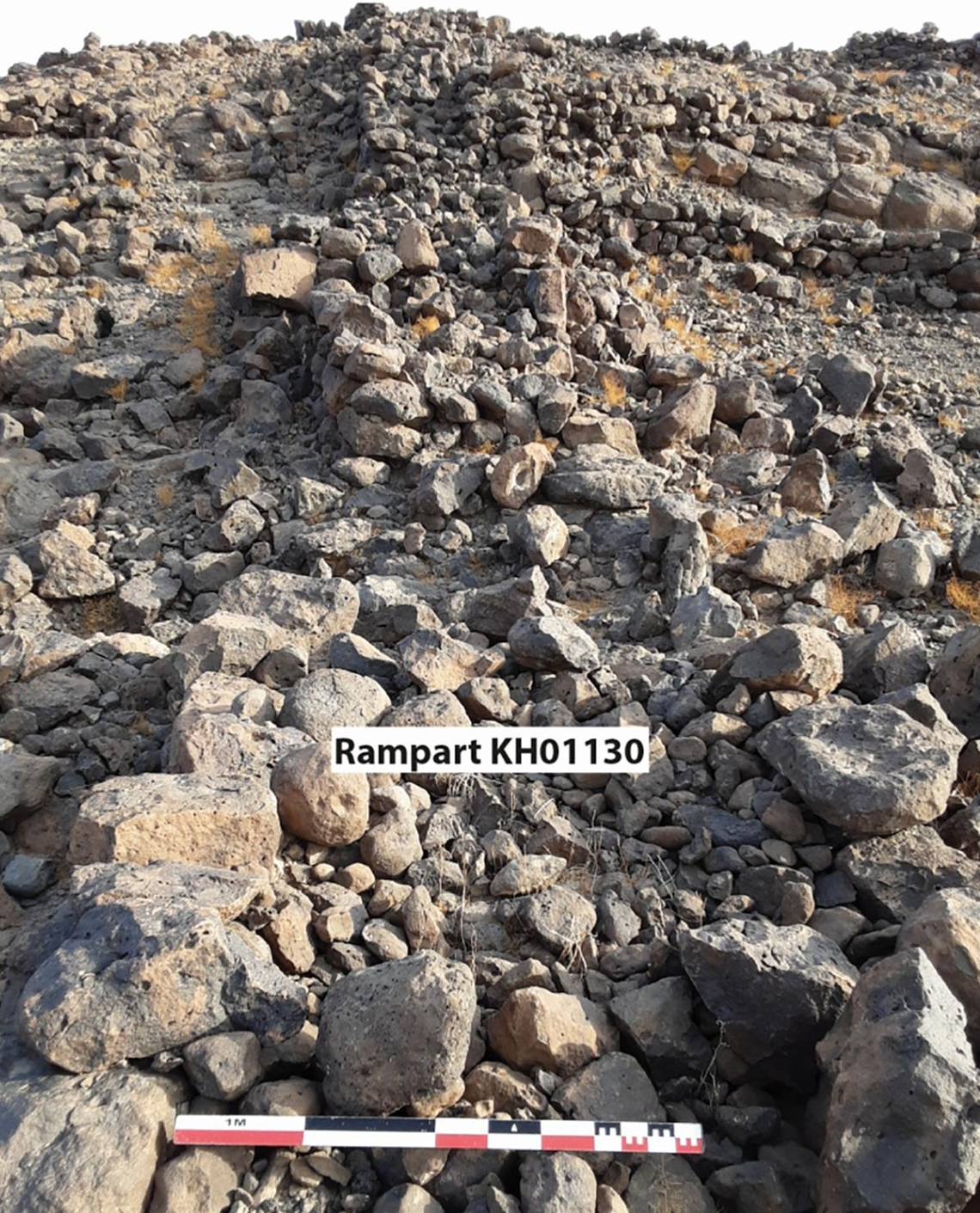Satellite images reveal desert ruins — and lead to 4,000-year-old ‘walled oasis’
Around 4,000 years ago, a group of nomads in present-day Saudi Arabia constructed an “immense” network of defensive walls around a desert “oasis” where they eventually settled as a community.
Now, archaeologists have unearthed and analyzed the remains of the enormous ancient fortification, according to a study published Jan. 10 in the Journal of Archaeological Science: Reports.
Between 2020 and 2023, experts explored the Khaybar Oasis, an ancient agricultural center, the study said. Previously, satellite images had suggested the presence of a “walled oasis” in the area, but this is the first time “monumental defensive ‘belt’” was actually discovered.

Researchers discovered 146 “large wall segments” belonging to the fortifications system — some only a few feet long, others extending hundreds of feet, according to the study.
“Archaeological exploration revealed the existence of (approximately 9 miles) of hitherto unknown rampart walls, (about 3.5 miles) of which are part of an exterior network enclosing the oasis area,” archaeologists said.

The original wall was about 9 miles long, experts said. Today, about 41% of the structure, measuring approximately 3.7 miles, remains. Because the network has been interrupted by human and natural disruptions, it can be difficult to trace the original design of the fortifications.
The fortifications construction indicates it was built in a single stage “with later additions or reconstructions,” researchers said. It would have taken an estimated 170,000 “working days,” and “a small local community would seem sufficient in terms of numbers to plan and raise the outer enclosure wall.”
Archaeologists dated the construction to between 2250 B.C. and 1950 B.C., and they estimate that it was used for at least four centuries, until between about 1626 B.C. and 1542 B.C.
The fortification network served not only as a protection against raiders and invaders, but it also protected the settlement inside from nature and demarcated control while setting territory boundaries, researchers said.
Khaybar is in western Saudi Arabia.
‘Semi-buried boulders’ near 3,000-year-old Italy village stumped experts — until now
8,000-year-old ruins turn out to be world’s oldest fortress. See the site in Siberia
Ruins of 1,000-year-old building — a first-of-its-kind discovery — unearthed in Peru
